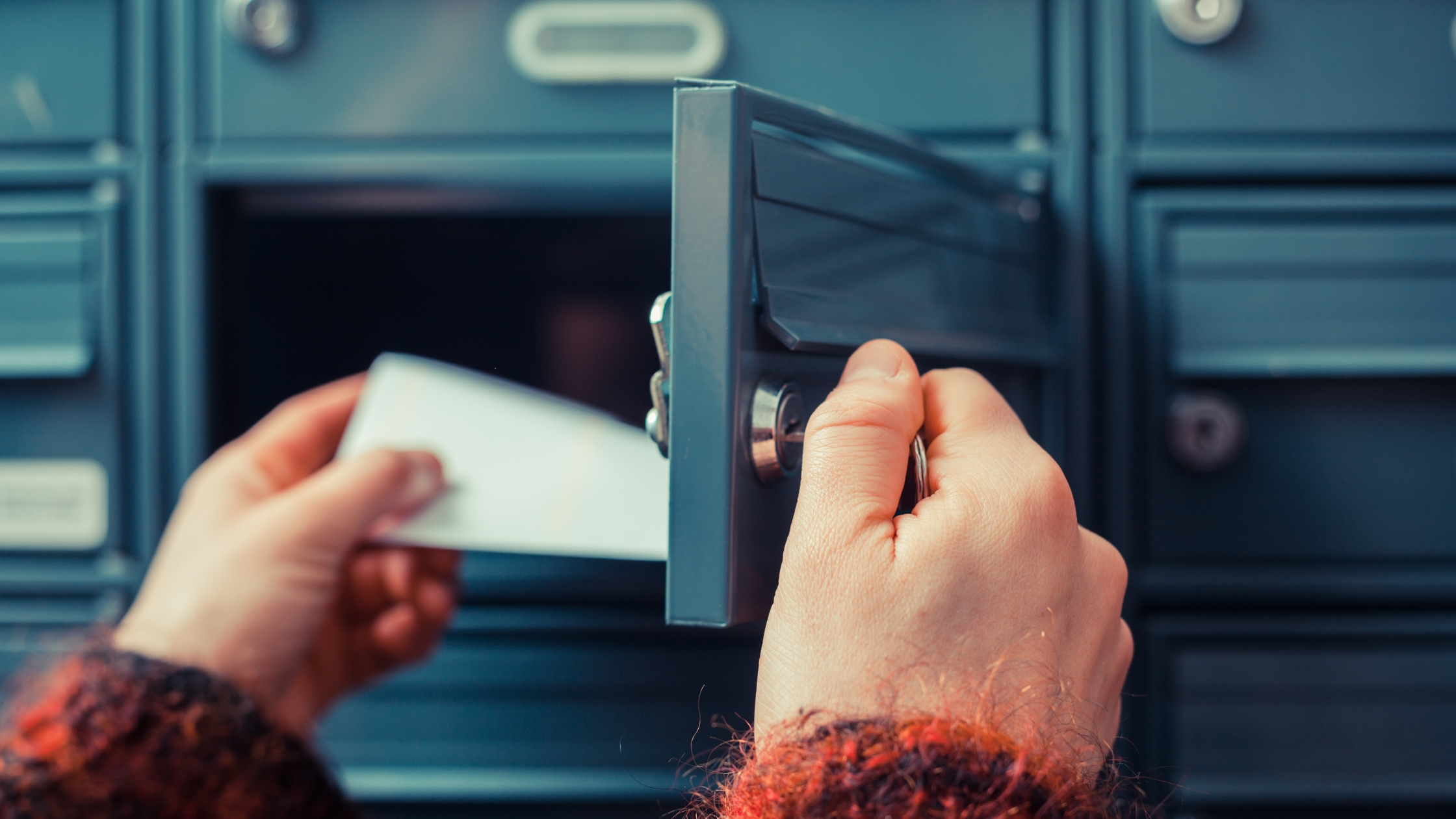In a word: yes!
A well-thought-out flyer distribution campaign is a highly effective marketing strategy, especially when used with other marketing methods. They’re an easy and affordable way to reinforce your brand’s name within the public sphere, with statistics upholding that they boast extreme efficacy. To give an example, 38% of flyers are kept for at least a few days, and 13% are held for over a week (DMA).
So, if you want to learn more about flyer distribution and how it can level up your marketing strategy, read ahead, and we’ll give you all the information you need to launch your flyers successfully!

What is Flyer Distribution?
Flyer distribution is a unique offline marketing strategy that involves issuing paper or card advertisements to a target audience. This is usually done by physically handing out flyers in a public space, such as a shopping center or on the streets. It can also be achieved through mailing the flyers to individuals or households.
It is popular amongst businesses of all sizes thanks to its low cost and ability to draw in an audience. In an increasingly saturated digital environment, offline marketing can be a great way to differentiate your business from its competitors, as it provides a form of accessibility that other forms of marketing can’t match.
Types of Flyer Distribution
There are multiple flyer marketing channels, each with its benefits. How you want to distribute flyers depends upon how you want to reach people, and this should be based on a wealth of market research.
Hand to Hand
Hand to hand marketing is a promotional strategy involving marketing materials, such as flyers, brochures, or samples, directly distributed to the target market. The objective is to personalize the marketing message and raise awareness of and interest in a service or product.
Hand-to-hand marketing is typically used to catch audiences while they’re out and about: in the street, out shopping, at events, and more.
Let’s say a company is looking to promote a local music festival and wants to raise brand awareness in the surrounding community. They choose to run a hand to hand flyering campaign in order to meet these goals.
By using hand to hand marketing, they can target consumers who would be interested in their festival and answer the audience’s questions on the spot. The distributor can mention the bands playing, the amenities available, and the activities at the festival.
By creating this face-to-face, personalized connection, the customer’s interest is piqued, and the likelihood of attending increases.

Door to Door
Door to door marketing is a direct approach in which a distributor targets homes or businesses to promote a product or service.
This method has been designed to reach potential customers that may not be able to be reached through other methods, and, most importantly, it allows for personal interaction.
According to DMA, 89% of consumers remember receiving a door-to-door mailing, which is more than any other channel. It is a powerful form of communication, as 45% keep such leaflets on a pinboard or in the kitchen drawer.
While this channel is effective, it’s important to note that it may not always be well-received, so it is vital to respect privacy and follow local regulations.
Direct Mail
Direct mail is a form of advertising wherein organizations deliver marketing materials to potential customers, like letters, postcards, or catalogs. Direct mail marketing is a component of large-scale marketing campaigns to reach a specific demographic and generate interest in goods or services.
Approximately 78% of consumers skim-read the flyers posted through their door, and 23% read them thoroughly. As such, whilst direct mail can be expensive compared to other marketing strategies, it enables firms to connect with potential customers in a real-world context.

Door Hangers
Door hanger marketing is an efficient flyer distribution strategy that sees companies hang marketing material on the door knobs or handles of residences or establishments within a particular region. It is a simple way of reaching people, as it means meeting the target market at their front door. On average, the success rate of door hangers is about 2-5%.
This unique approach enables companies to communicate with their target audience directly; however, as it is best used in defined, local areas, door hanger marketing is better for smaller campaigns.
In the case of a cleaning company, a door hanger campaign would be effective as the business is targeting a specific catchment area. What’s more, door hangers are often cheaper to create and distribute than other advertising methods. This means that the local business can acquire customers without breaking the bank!
Why Does Flyer Distribution Still Work?
Many believe offline marketing is antiquated and has no place in a contemporary marketing strategy in a world full of digital media.
To think this, however, is wrong. Flyer advertising is still effective for several reasons. It provides a tangible and tactile aspect to advertising that can be shared and displayed in high-traffic areas, such as at events or on the high street.
Flyer distribution also allows consumers to refer to the advertisement as they have a physical copy. In essence, it enables businesses to embrace a personalized approach to marketing, which is often lost through online adverts.
Hence, it is unsurprising that research shows flyer deliveries rate higher in terms of ROI (return on investment) than T.V., Press, Radio and online advertising.
Can Flyer Distribution Be Paired With a Digital Marketing Strategy?
Of course!
As noted by a 2018 Quantcast study, 78% of global direct brand marketers believed that digital marketing was important to their overall marketing efforts, while 39% said the same about offline campaigns.
One study showed that 88% of consumers who search for a local business on their mobile call or visit that business within a day. It is also known that social media marketing budgets are expected to grow 11.76% annually by 2026, reaching $358 billion in 2026.
However, offline media spending in the U.S. grew by 7.6% in 2021, contributing to a total U.S. ad and marketing spend of 436.3 billion U.S. This may well be because 82% of consumers trust print ads the most when making a decision.
With these numbers in mind, it is clear that both offline and online marketing hold an important place within marketing strategies. By combining offline marketing methods with digital tactics, your business can reach a wider clientele and increase its chances of success.
Indeed, by taking advantage of both mediums, you can build your company’s profile on both the local and global stage.

Three Tips For Successful Flyering
Know Your Audience
In marketing, knowing your audience is necessary for success. It helps you tailor your message and approach to your clients’ unique specifications, e.g., needs, wants, and preferences. In addition, by creating relevant marketing materials, you will be able to engage your audience positively and meaningfully.
Whilst offline marketing allows you to reach your target audience without obstacles like ad blockers, this doesn’t mean that your adverts should be broad and generalized. A March 2021 survey conducted among consumers in the United States found that targeted advertising had helped 15% of respondents to access promotional sales or incentives, with 14% stating that it helped them discover new brands.
A further advantage is that when marketing is targeted and effective, you are more likely to see a better return on investment (ROI). Client-centric marketing ensures you reach the right people with your message, resulting in more conversions and sales.
Research, Research, Research
Research is vital for any project – especially flyer marketing efforts. Not only does research help you in creating a profile for your audience, but it also helps you make informed decisions regarding your strategy.
From competitor analysis to remaining up-to-date with trends, researching how you want your campaign to run will provide you with a foundation to create a strategy that guarantees efficacy. Research is an investment, but it is also invaluable.
Track Your Results
Keeping track of the number of flyers distributed, the response rate, and other relevant metrics will help you determine the success of your flyering strategy. By understanding these key numbers, you can optimize and improve future campaigns.

There are a number of marketing tools available that can streamline this process. One such example is that of Oppizi’s performance tracking dashboard.
Conclusion
In short, flyers are a jack-of-all-trades marketing technique. There are an abundance of benefits to incorporating offline marketing into your pre-existing strategy:
- It’s affordable.
- It can be tailored to both your and your clients’ needs.
- It can reach an impressive audience.
- It can be used in a variety of ways.
Why not give flyers a try? At Oppizi, we use advanced technology to help you take your marketing plans to the next level. Get in contact today to find out how we can help you achieve your business goals!







